Microsoft's Windows 11 website lists the minimum system requirements, with a link to compatible CPUs and a clear mention that a TPM 2.0 is required at a minimum. The processor/BIOS on this laptop uses TPM version 1.2. I have secure boot on and virtualization enabled to, even in Windows Defenders Device Security section I see al three of the necessary security features are on, yet I don't meet the requirements. Hence why I'm in such a foul mood with the developers at MS. Ironically, the company itself posted official guidance on its website detailing how to circumvent the TPM 2.0 requirement. The process involves taking your Windows 10 machine and changing the registry key values in the OS to ignore the check for TPM 2.0.
However, the bypass only applies to PCs that have at least TPM 1.2, which has to be enabled. This can usually be done by going into the machine's BIOS settings on startup. Replacing the dll file again, disconnecting from the internet then trying again allowed the upgrade to proceed on this laptop .
A Trusted Platform Module chip is an essential piece of hardware that is a prerequisite for a Windows 11 Upgrade. If you have a relatively new computer, it is most likely that it has a TPM chip. However, even if your computer has a TPM chip, it doesn't mean it is enabled.
This TPM chip is not only essential for a Windows 11 upgrade. You also need it for security features like BitLocker and device encryption. In this tutorial, I will show you how to enable TPM 2.0 Chip on your PC if it's supported. Not all Windows devices are compatible with Windows 11, Microsoft's upcoming operating system. Some, because they don't meet the system requirements, others, because of a disabled feature in the BIOS.
The implementation of TPM in the BIOS is chaotic and not standardized. Users with little experience will have a hard time finding out of TPM is supported and whether it can be enabled in the system's BIOS. You can use the Rufus utility to create a bootable USB with settings that disable TPM requirements.
This setting also disables RAM and CPU requirements, essentially making your installation media compatible with almost all devices that fall short of Microsoft's requirements. Now from all tech lover to a regular user of windows wants to install Windows 11 on their PC or Laptops and here things get twisted. Actually, this new version of windows is required an advanced type security module as a Windows 11 minimum requirements. This security module is called Trusted Platform Module or TPM.
Due to the lack of this module, PC Health Check App show this error – "This PC can't run Windows 11" while checking compatibility. Now, this error became a headache for all Microsoft WIN 11 lovers around the world. If you are one of the users who gets bothered with this TPM 2.0 Chip issue of Motherboard then stop worrying and read the solution below. Sure they are old, but far from incapable of running windows 11. A 4790k can still blow a lot of prebuilts most people buy from a store like staples or bestbuy right out of the water.
The fact its a "security" requirement rather than an actual processing power requirement is what makes it so ridiculous. Fortunately, the most recent version will tell you if TPM is the problem. You might run into this issue if you built your PC yourself or got someone else to do it for you. Many motherboards are TPM compatible, but some gaming motherboards skimped on the feature in favor of other bells and whistles. Trusted Platform Module – is a specialized chip.
TPM is usually installed on the computer's motherboard and interacts with the rest of the system using a hardware bus. It can store RSA encryption keys specific to the host system and hardware authentication. The TPM chip also contains an RSA "pair" of keys, called a confirmation key. The pair is supported inside the chip and cannot be accessed by software.
In short, it can store important data, including fingerprints, face data, etc. For the majority of PC users, the answer is no. Either your PC already meets Windows 11's hardware requirements or you've decided to buy new hardware that does. Both scenarios mean you can skip the hunt for a physical TPM. Your CPU already includes a firmware version of TPM 2.0—it just needs to be enabled in your BIOS settings before you install Windows 11. Look for "fTPM" for AMD Ryzen processors and Platform Trust Technology for Intel Core processors.
Also make sure your BIOS is set to firmware TPM and not discrete. This article covers nothing, I guess I missed the " fix " this just added to my frustration! By typing tpm.msc I was told that I had the 2.0 requirements back to health check and no, processor not supported.
There is a tpm that is enabled and nothing I can change in anyway. I followed these steps and was able to install Windows 11. However, the OS still identified itself as Windows 10 and complained it could not update to Windows 11 because of the Secure boot and TPM 2.0 requirement. I then accidentally corrupted the registry when trying to delete another user and I used the Windows 11 install disk to RESET the OS but keep the user files. The reset installed only Windows 11 and kept everything else and it identified the OS as Windows 11 with zero warnings. I have a complaint free Windows 11 running on an Intel I3 processor without TPM 2.0 and the Secure Boot.
I wanted to share this as a fix for the OS complaints. Windows 11 was officially announced yesterday and many are already starting to look at whether or not their existing hardware will be compatible with the new operating system. Alongside a slew of system requirements, one of the major requirements needed for the installation of Windows 11 is TPM version 2.0.
Luckily, almost any piece of hardware created after 2015 should have TPM 2.0 support – and enabling it isn't all that difficult either. If you want to use this ISO to upgrade Windows 10 to Windows 11 dynamically from a running system, you will additionally need to activate the TPM bypass shown in method 4 below. If you really can't do the above or just want to take the new OS for a test drive, however, this is how you install Windows 11 on unsupported hardware. This chip is usually embedded on the motherboard, and it stores, generate, and protects encryption keys.
Microsoft made this chip a prerequisite for upgrading to Windows 11, and if you are interested in this upgrade, you want to make sure that your device meets the requirements. Sometimes, TPM is disabled, which may give you the impression that your device is not ready for the Windows 11 upgrade. The great news is that you can easily enable it through UEFI. There are two ways that you can go to the UEFI mode and enable TPM. Knowing that some users will want to install Windows 11 on systems that don't meet all of its hardware requirements, Microsoft has provided a registry hack that loosens them up somewhat.
Using this hack, you can install on a system that has at least TPM 1.2 and has an unsupported CPU. That said, we recommend the scripts above because they don't require you to have TPM of any kind. Microsoft has some strict hardware requirements that your PC must meet to install Windows 11, including TPM 2.0 support.
This means that not only older computers, but virtual machines will refuse to upgrade from Windows 10, giving you a message that "this PC doesn't currently meet Windows 11 system requirements." And on the off-chance you want a physical module to bypass needing your recovery key for an encrypted drive after a CPU upgrade, stop right there. Having a discrete TPM doesn't sidestep this kind of headache—you can trigger the need for a recovery key even after motherboard firmware changes. Regardless of what kind of TPM you have, you should always have a backup of your recovery key on hand.
If it's for BitLocker, don't rely on just the auto-backup saved to the Microsoft account linked to Windows 11. That said, the safest way to avoid locking yourself out of your data after hardware changes is to decrypt the drive first, then re-encrypt it again after you're done. While my suggestion is just install Windows 11 without even bothering with TPM 2.0. What is the output of Disable-TpmAutoProvisioning? The reason I suggest just enabling key to bypass the requirement, your CPU will not be supported regardless, so you will still have to enable it because of the CPU. Be sure you update your firmware before you run the utility after you disable TPM Auto Provisioning.
It also appears you have installed Windows 10 while in Legacy mode which means MBR which Windows 11 does NOT support. Windows Security Center can be accessed in Windows 10 by searching for it in the Start Menu. When open, you can check under Virus and Threat Protection to see any threats or start a scan.
Microsoft always updates the security intelligence in Windows Security Center, to ensure you're protected against the latest threats. You'll also be able to turn on real-time protection to ensure that downloaded malware won't run, and cloud-delivered protection to ensure that you get faster protections. You even can turn on controlled folder access to make sure that if your PC is hijacked by ransomware, critical folders won't be available for the ransomware itself. You can check to see if your PC has secure boot enabled by going to the Start Menu and typing msinfo32, and then pressing enter.
The System information page will open, so click on System Summary on the left. From there, look to the middle right side of the screen. If Secure Boot State reads Off, then Secure Boot is available, but disabled. Once the download is complete, click on the image option and choose "Extended Windows 11 installation" to disable the TPM, secure boot and the 8GB RAM requirements. With Windows 11, Microsoft unveiled a set of stringent requirements for upgradeable PCs, including having TPM 2.0.
These requirements locked out many PC users, but not anymore. In this article, we take a look at the TPM module, why it matters, how to check for it on your device and how to bypass it and install Windows 11. Yesterday I read an article resolving the issues related to the devices in which error message is displayed by the microsoft pc health check up app. Regarding upgrading windows 10 to windows 11. TPM is a global standard for a dedicated secure cryptoprocessor. Keep security concerns in mind Microsoft added its support in windows 11 Upgrade or update.
Before moving toward a solution first we need to know about the type of TPM module so that an appropriate method of solution can be adopted. With Windows 11, Microsoft added newminimum system requirementsthat all devicesneed to have a TPM 2.0 security processorto power some of the operating system's security features. Trusted Platform Module 2.0 (TPM 2.0) and Secure Boot have both been around for a few years and most new Windows 10 computers will be running the security protocols by default. The technology combines special motherboard hardware in the form of chipsets with cryptographic security protocols to prevent malware from running before the Windows 10 operating system starts to boot. However, it is noteworthy that many of the default features being deployed in Windows 11 are available as options in Windows 10.
In some cases, getting these more advanced levels of security is just a matter of turning them on. In other cases, your PC's hardware may be too old to handle the new security requirements. In some cases, especially if your PC was purchased in the past few years, these advanced security settings may be installed and active in the background right now. With Rufus, a free utility, you can create a Windows 11 install disk on a USB Flash drive with settings that disable the TPM, RAM and CPU requirements. You can either boot off of this USB Flash drive to do a clean Windows 11 install or run the setup file off of the drive from within Windows 10 to do an in-place upgrade.
This enables security features that can help protect your computer like encrypting your storage drives or using logins like fingerprints or facial recognition. This is only possible because there's a safe place on your computer to store the encryption keys or biometric data that wouldn't be safe to store otherwise. After you have installed the firmware update, either through Windows Update or from the OEM website, you will also need to clear TPM. Cleaning your TPM will reset your security processor to its default settings. A TPM, or Trusted Platform Module, is a hardware-level security measure meant to protect your computer from hackers.
Computers built within the past five years should have a TPM, but older machines do not. Though you're free to install Windows 11 on unsupported hardware, it's not recommended. As I said in my piece about failing to install Windows 11 on my previous PC, the safest approach is purchasing a new PC and updating to Microsoft's latest operating system. Do you understand that, even if you enable TPM 2.0, that your processor won't be supported by Windows 11? There is absolutely no chance that a machine from 2016 contains a processor that is supported by Windows 11.
There is a registry key you can use, to install Windows 11, on otherwise unsupported hardware. If you can't upgrade to Windows 11, then there's no need to worry. Though Windows 11 is designed for the most secure Windows yet, Windows 10 is still a very safe operating system to keep using. Microsoft will support it through the year 2025.
And, even with secure boot, and basic TPM 1.2, your PC is still considered safe, as long as you have an antivirus or Windows Defender enabled. If you do change the registry values, be careful to type the values correctly, otherwise you risk corrupting the OS. Once the registry key values are changed, you can begin manually installing the operating system using the Windows 11 media creation tool, which can create the installation files on a USB drive.
To enable TPM 2.0 by firmware, as is usually the case on desktop machines, we will need to access the BIOS. To do this, press the corresponding key when starting the device. Usually this is F2, F8, F12, or Esc, although we can confirm this in the manufacturer's manual or motherboard. Microsoft acknowledges that TPM 2.0 may not be enabled on devices even if the feature is supported.
Windows 11 may not install on these devices, even if all other system requirements are met. For a slightly prettier way of checking this, you hit +R and type tpm.msc into the run windows before hitting return. You'll find whether you've got TPM enabled and working via this window, with the version supported at the bottom. Could it be because I switched to legacy bios? If I change to UEFI, I see error stating that No Operating System Found.



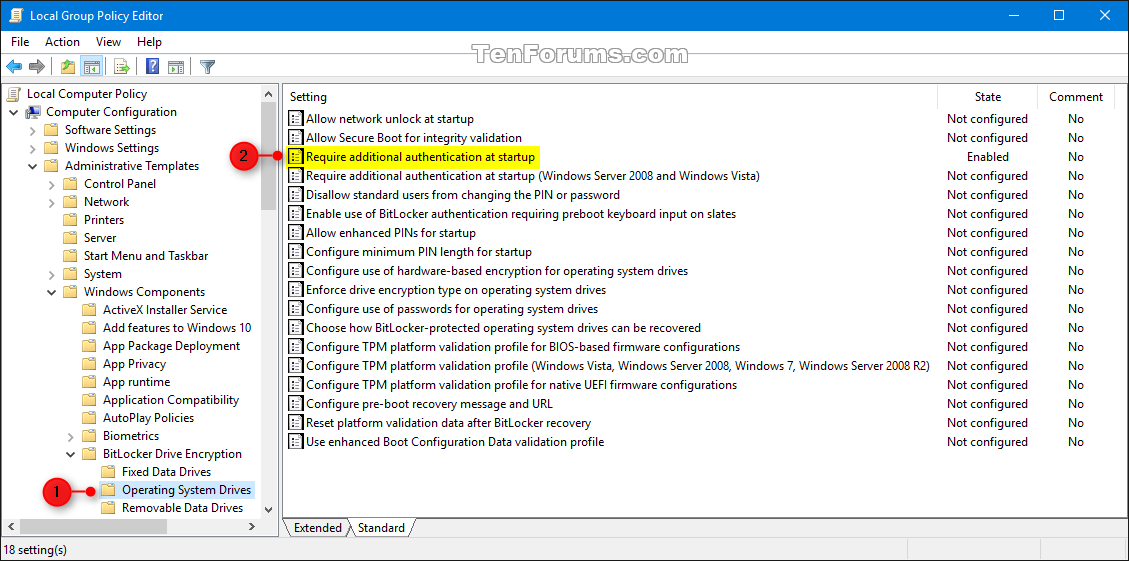
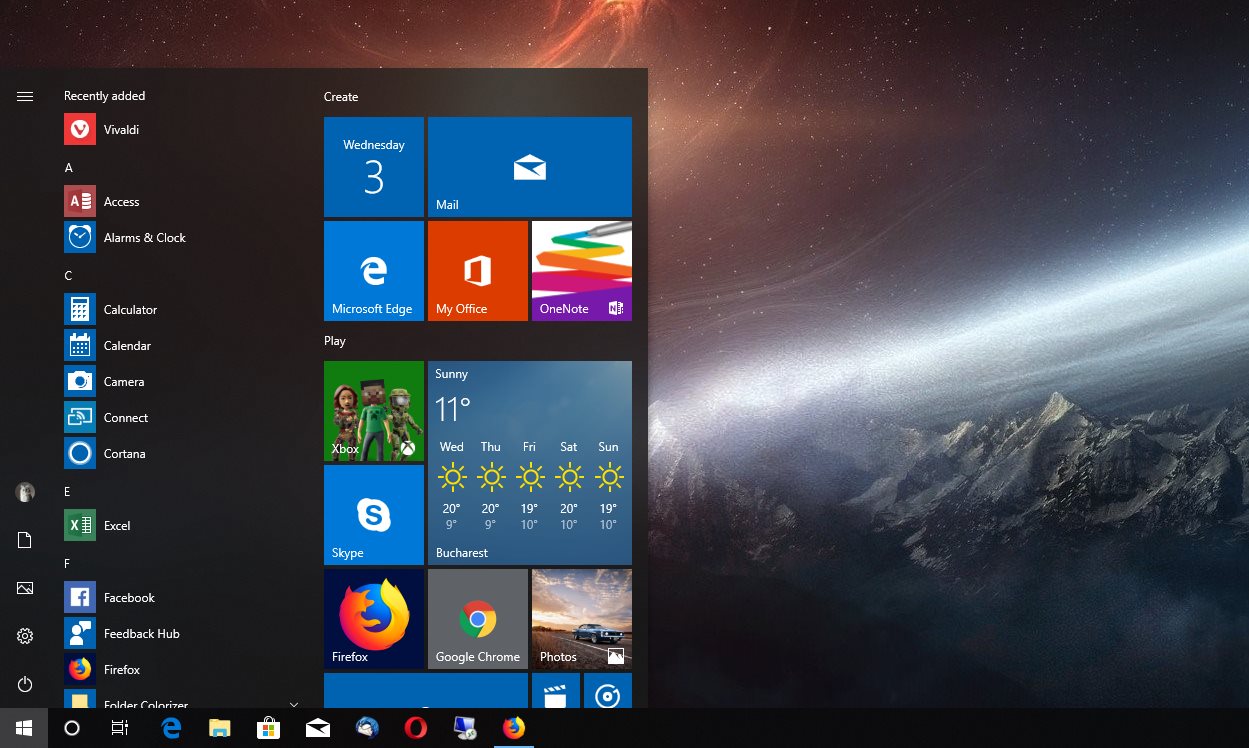

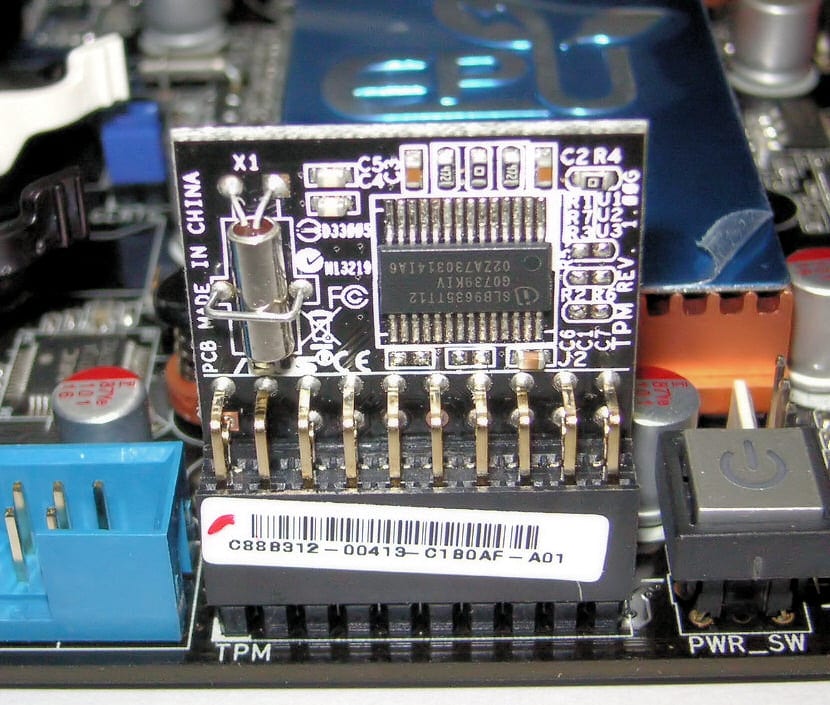








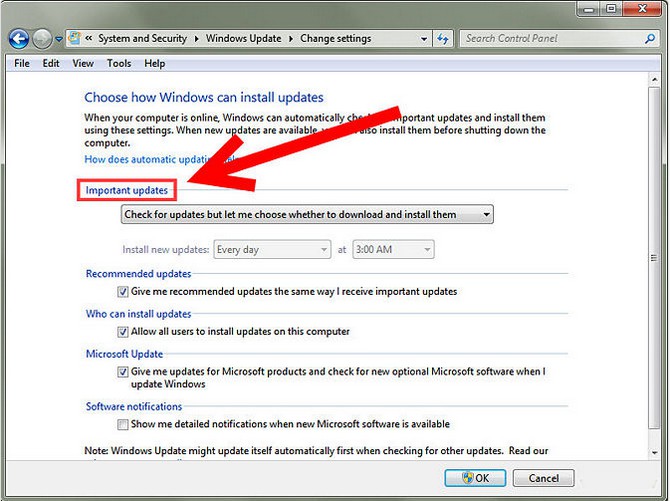




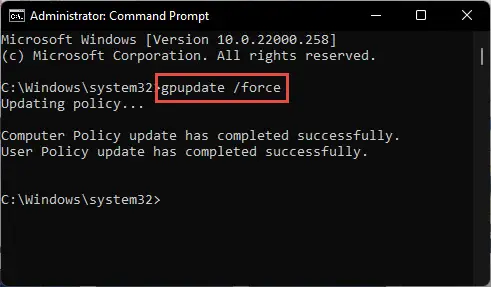



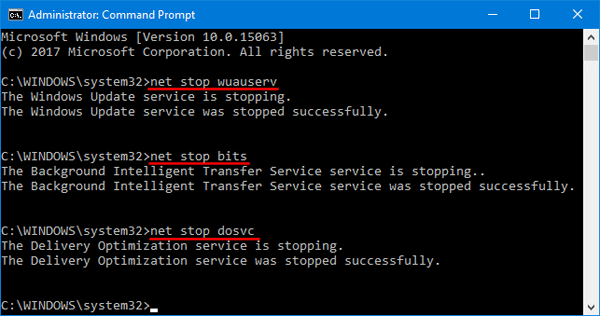



No comments:
Post a Comment
Note: Only a member of this blog may post a comment.